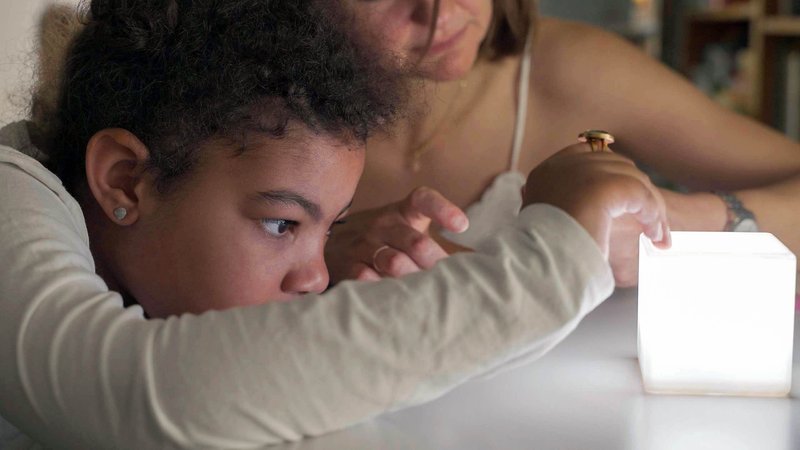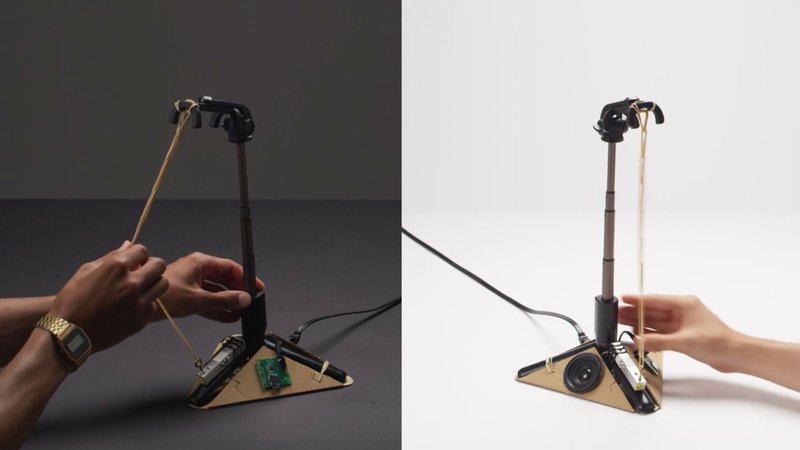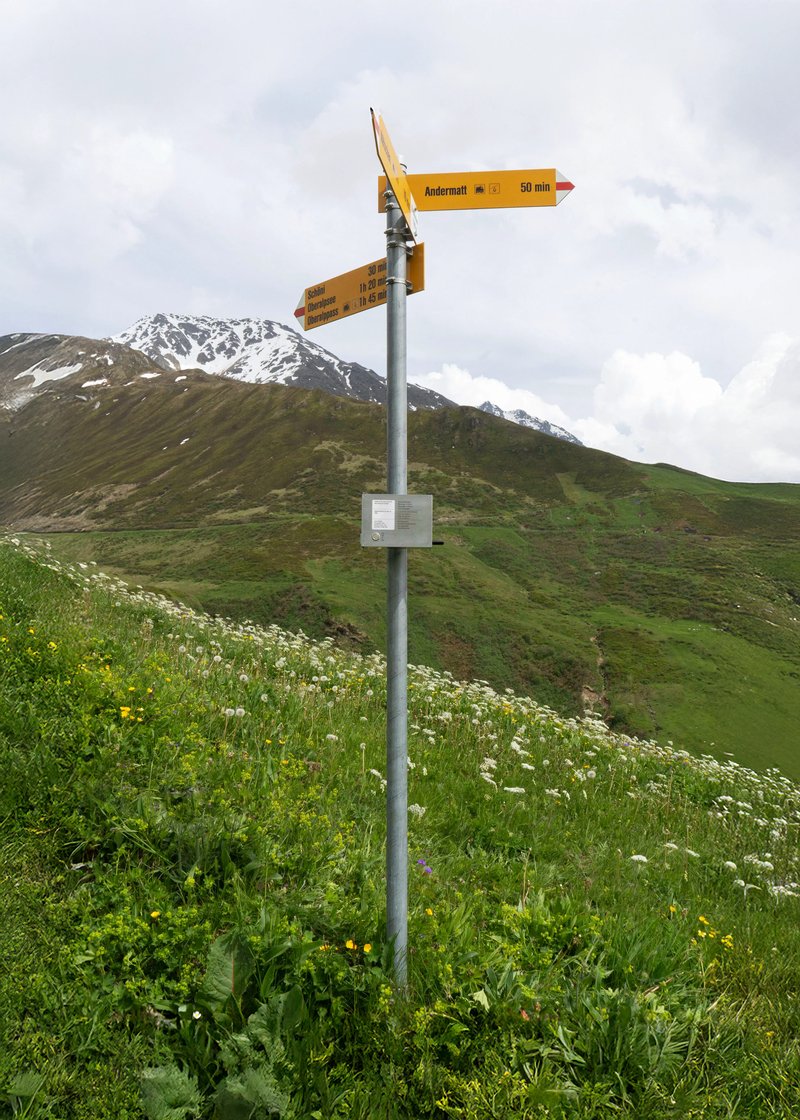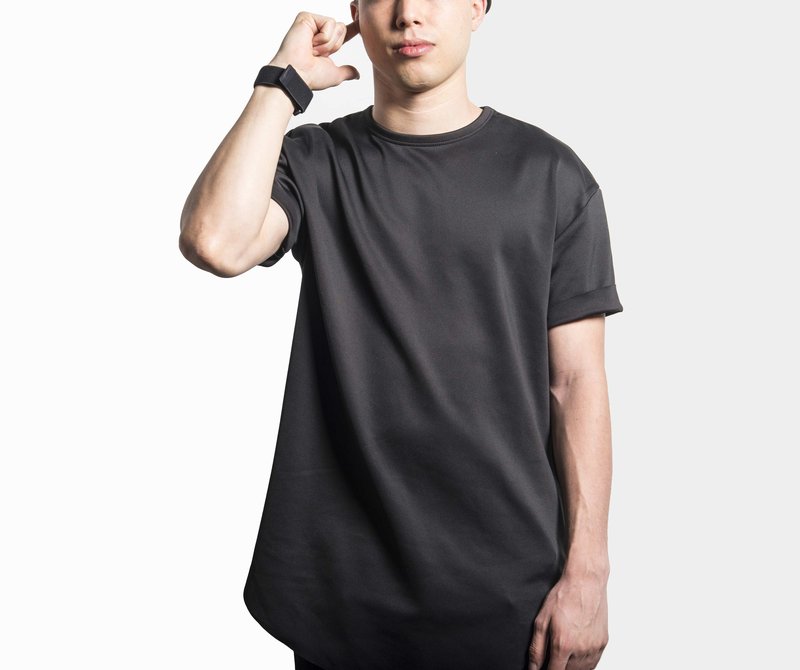
BA MEDIA & INTERACTION DESIGN
Sasha Iatsenia – LittleCubes
by Sasha Iatsenia
Today, 1 in 15 children are affected by a disorder that alters their behaviors, impacting their educational, socialization, and communication skills. LittleCubes were designed as therapeutic toys to help develop these skills through light and play. Using a cube that lights up and responds to natural gestures, therapists can create fun and engaging exercises using an intuitive app. While designing this project, I discovered that I have autistic traits, inspiring me to build a toy I would have loved as a child. My goal is to build bridges between neurotypical and neurodiverse experiences, making the world more inclusive for all. To date, I have tested the cube with more than 15 therapists and 30 children (ASD, motor deficiencies and associated disorders). I hope to continue this project after my diploma. This project is supported by Fondation Dr Combe.






